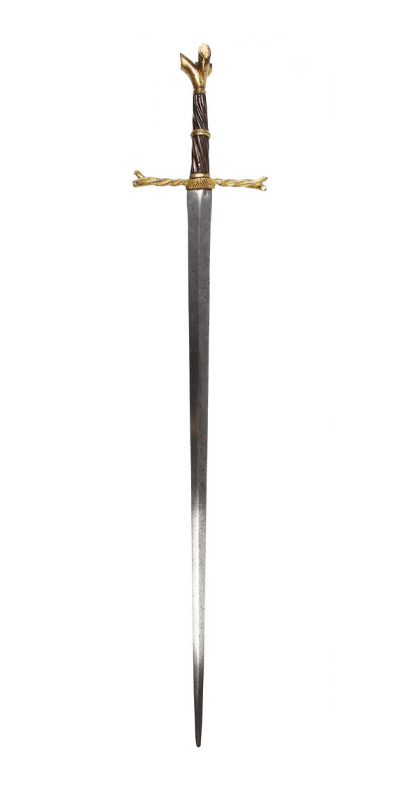
Medieval Longsword
The Longsword is a type of European sword used during the late medieval period.
Weaponry from the Medieval period spans from simple tools and farm implements to sophisticated siege engines. Below you’ll find the primary weapons, defensive armour, and siege machines used in the Middle Ages.
Quick jump to:
Medieval Weapons – Medieval Armour and Defence – Medieval Siege Engines and Other Weapons
In medieval times, warfare was a way of life – so, the development of weapons played a crucial role in shaping the outcomes of battles and sieges. These were diverse, reflecting the ingenuity and craftsmanship of the time. In this section, you will find the most notable medieval weapons and the mark they left on history.

The Longsword is a type of European sword used during the late medieval period.
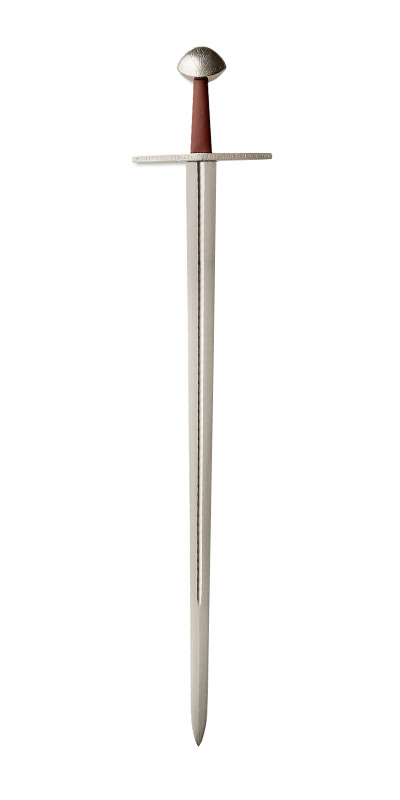
The Arming Sword (or knightly sword) is the single handed cruciform sword of the High Middle Ages.
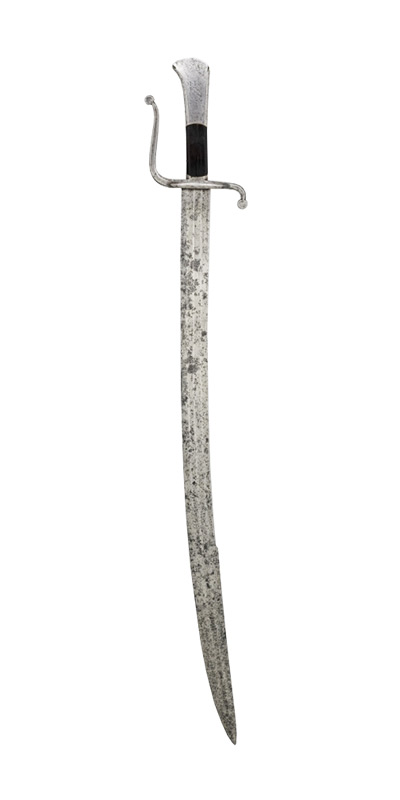
The Falchion is a one-handed, single-edged sword of European origin and reminiscent of the Persian scimitar.
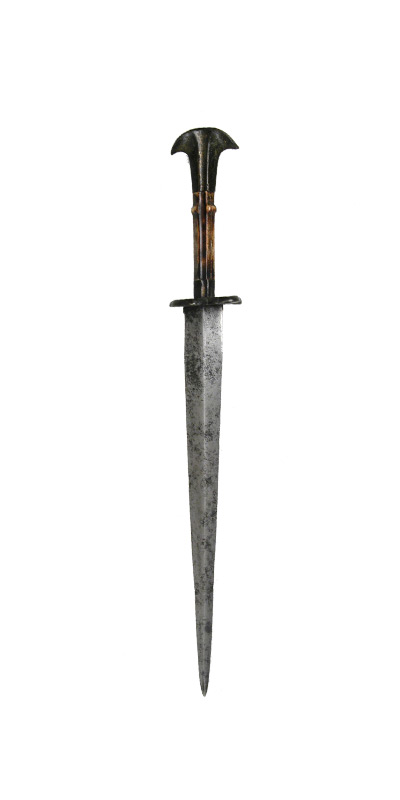
Daggers have a double-edged blade used for stabbing or thrusting in close combat.
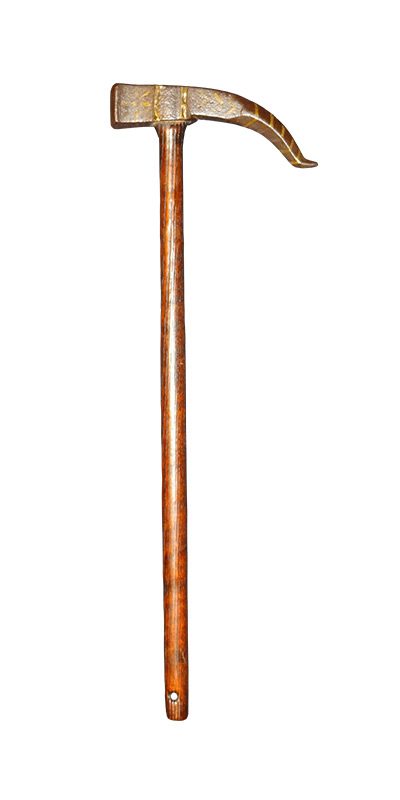
The War Hammer is a late medieval weapon mainly used in close combat.
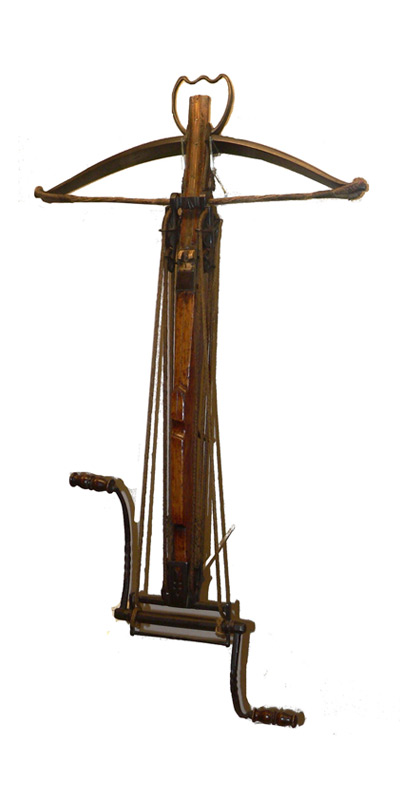
The crossbow is an elastic ranged weapon made with a prod on a tiller.
Medieval armour and defence evolved over time and varied depending on the location, period, and social status of the wearer. However, some common features include chain mail (a type of armour made from interlocking metal rings), plate armour (a later development that more complete protection), helmets, shields, and fortifications.
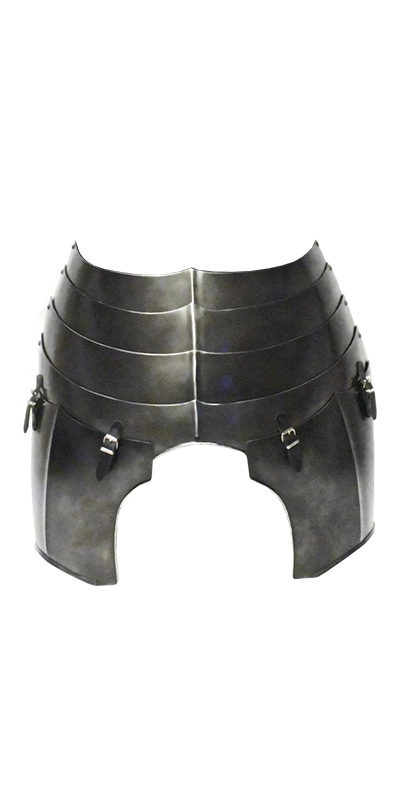
The Faulds were pieces of plate armour worn below a breastplate to protect the waist and hips.
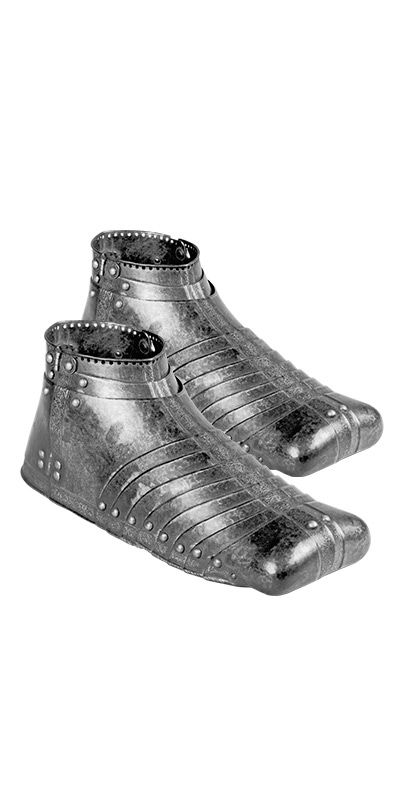
The Sabaton or Solleret is the part of a knight’s armour that covers the foot.
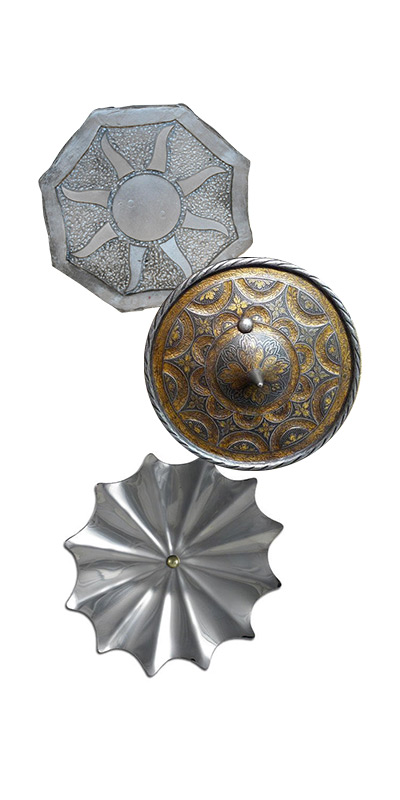
The Rondel or Basegew is a circular piece of metal attached to a helmet, breastplate, or gauntlet.
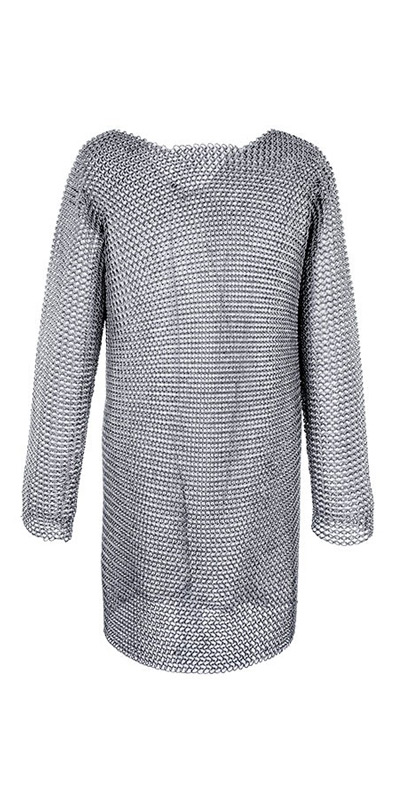
The chain mail is a type of armour made of small rings liked together in a mesh.
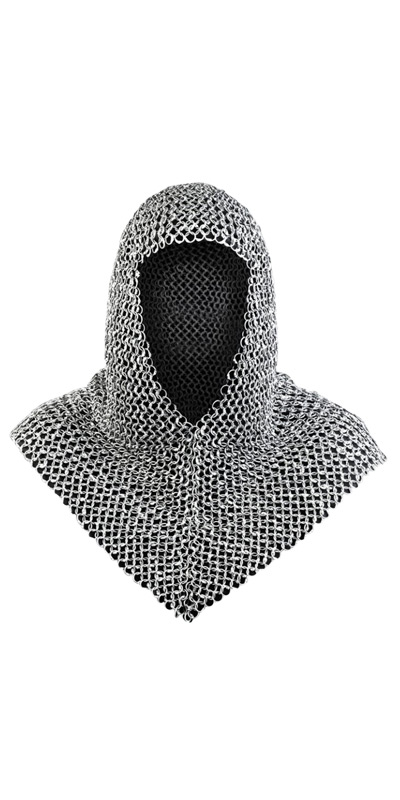
The Mail Coif is a type of armour made of flexible chain mail and worn over the head.
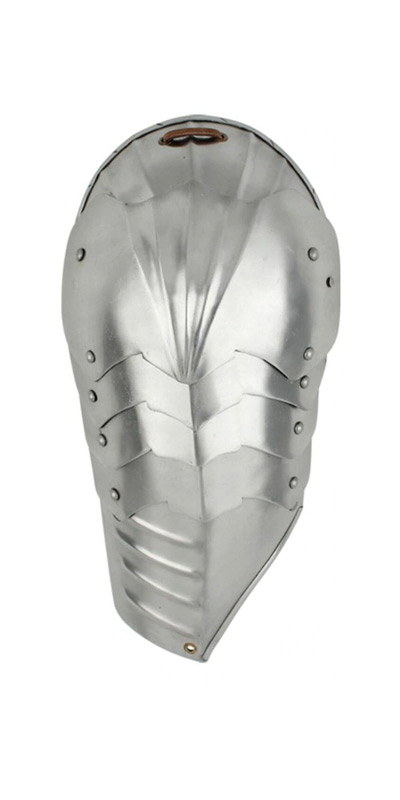
The Spaulder is a piece of armour, typically a single plate of steel or iron, that covers the shoulder.
In the tumultuous era of the Middle Ages, warfare was a constant feature of life. The development of ingenious siege engines and a wide array of medieval weapons revolutionized the way battles and sieges were fought. These remarkable creations, born out of necessity and human ingenuity, played a pivotal role in shaping the course of medieval warfare. Explore sieges engines (including trebuchets, battering rams, and more) in detail.
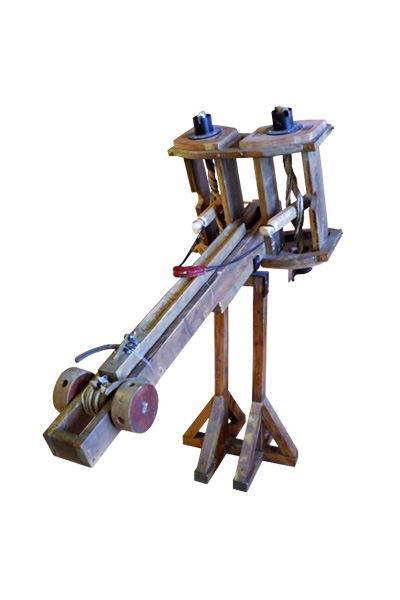
The Ballista was a medieval siege weapon used to launch large arrows or bolts at enemy fortifications. It could be operated by a small team of soldiers.
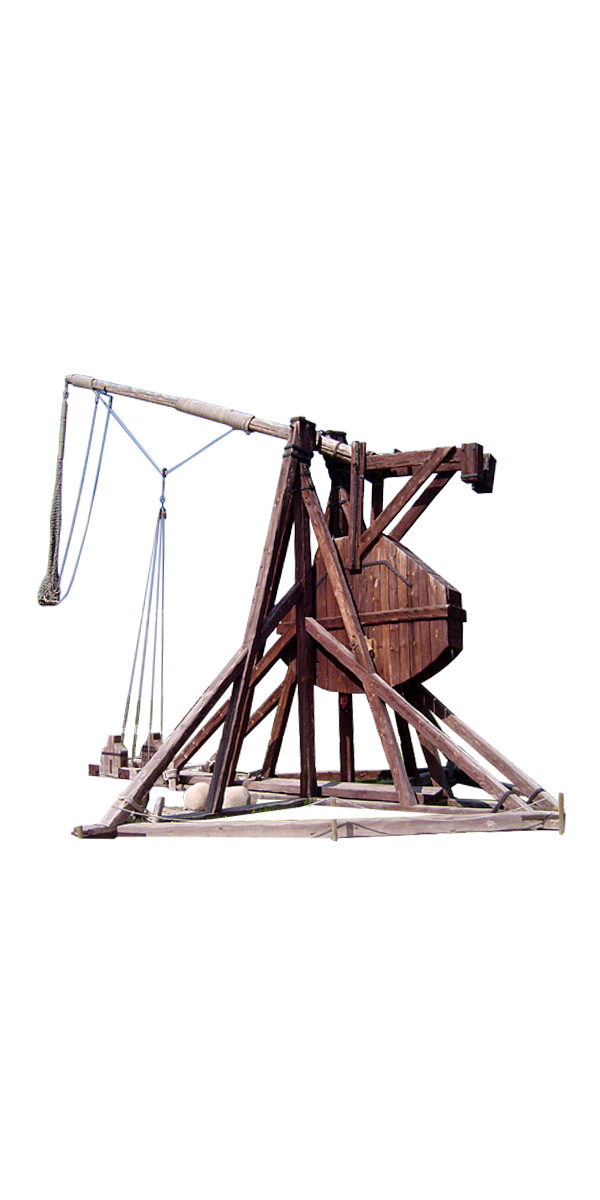
Medieval Warwolves were siege engines used by the English during the Scottish Wars of Independence.
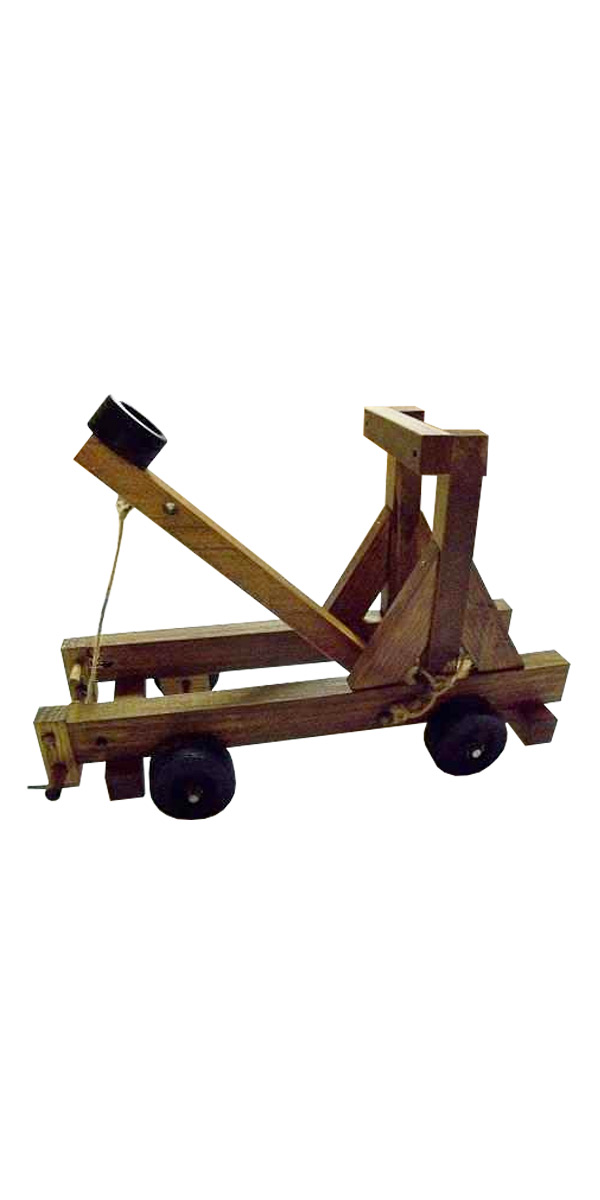
The mangonel is a medieval siege weapon similar to a catapult, used for throwing projectiles at a castle’s wall.
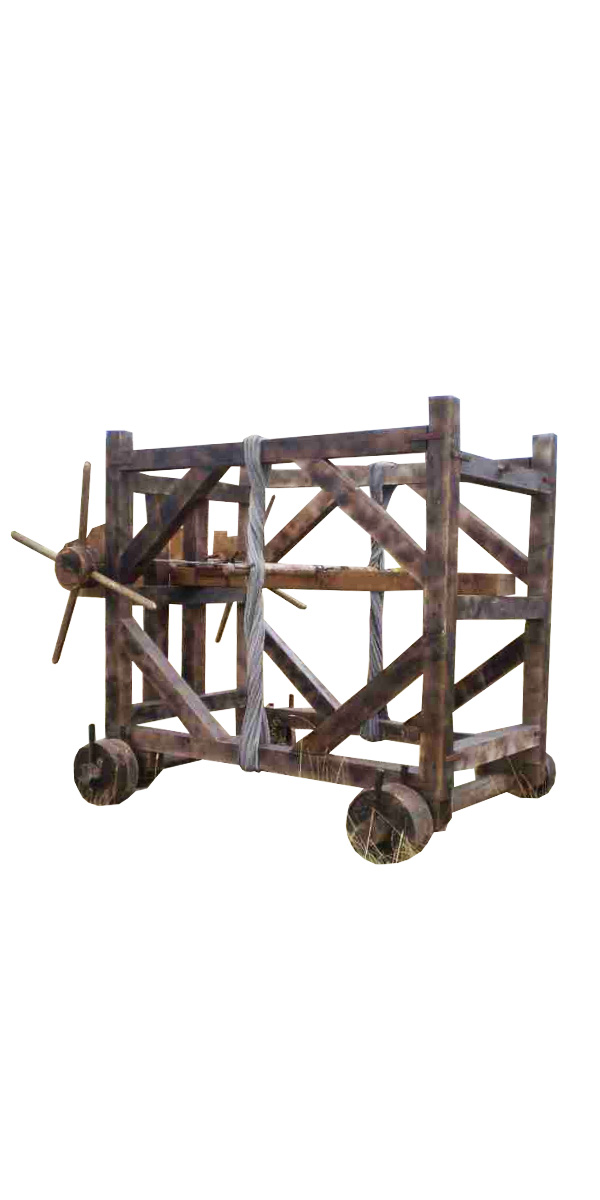
The Springald or Espringal was a mechanical artillery device used for throwing large bolts.
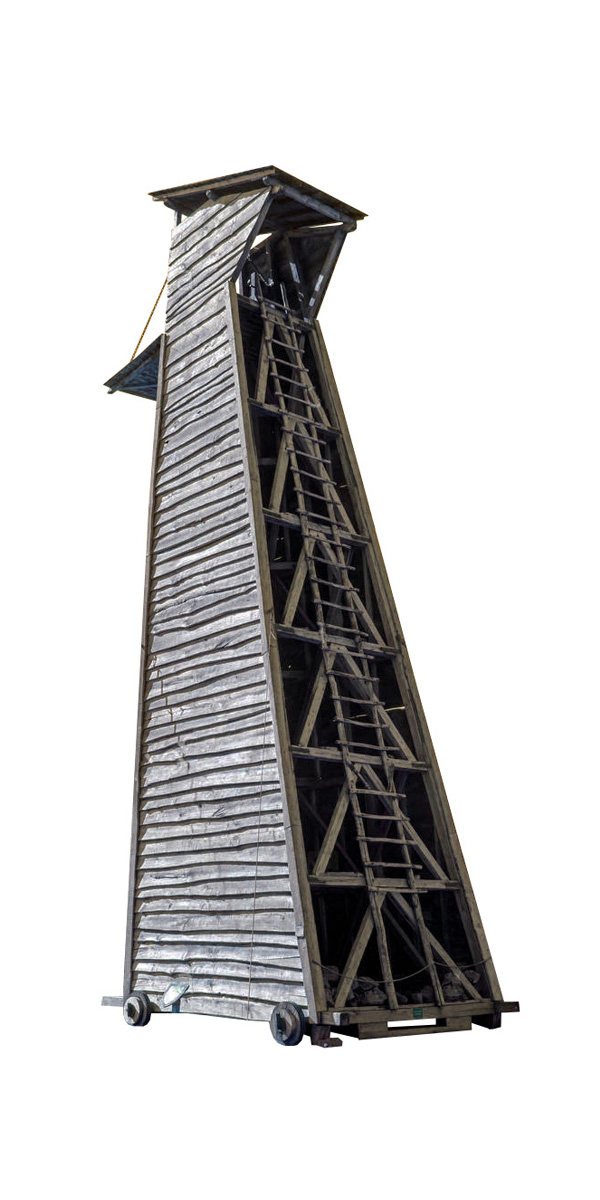
The Medieval Siege Tower was constructed to protect assailants when approaching the walls of a fortification.
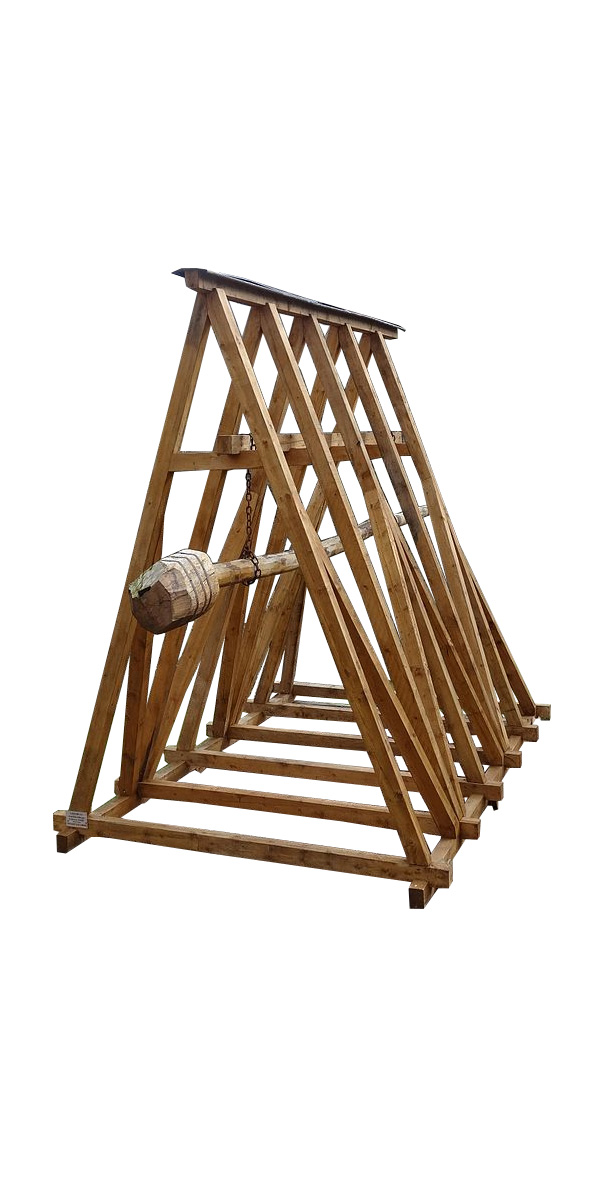
The Battering Ram was a medieval siege engine designed to break masonry walls or fortifications.